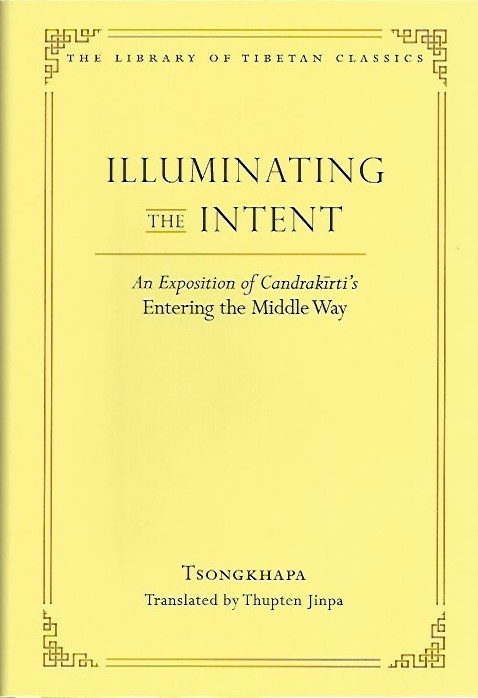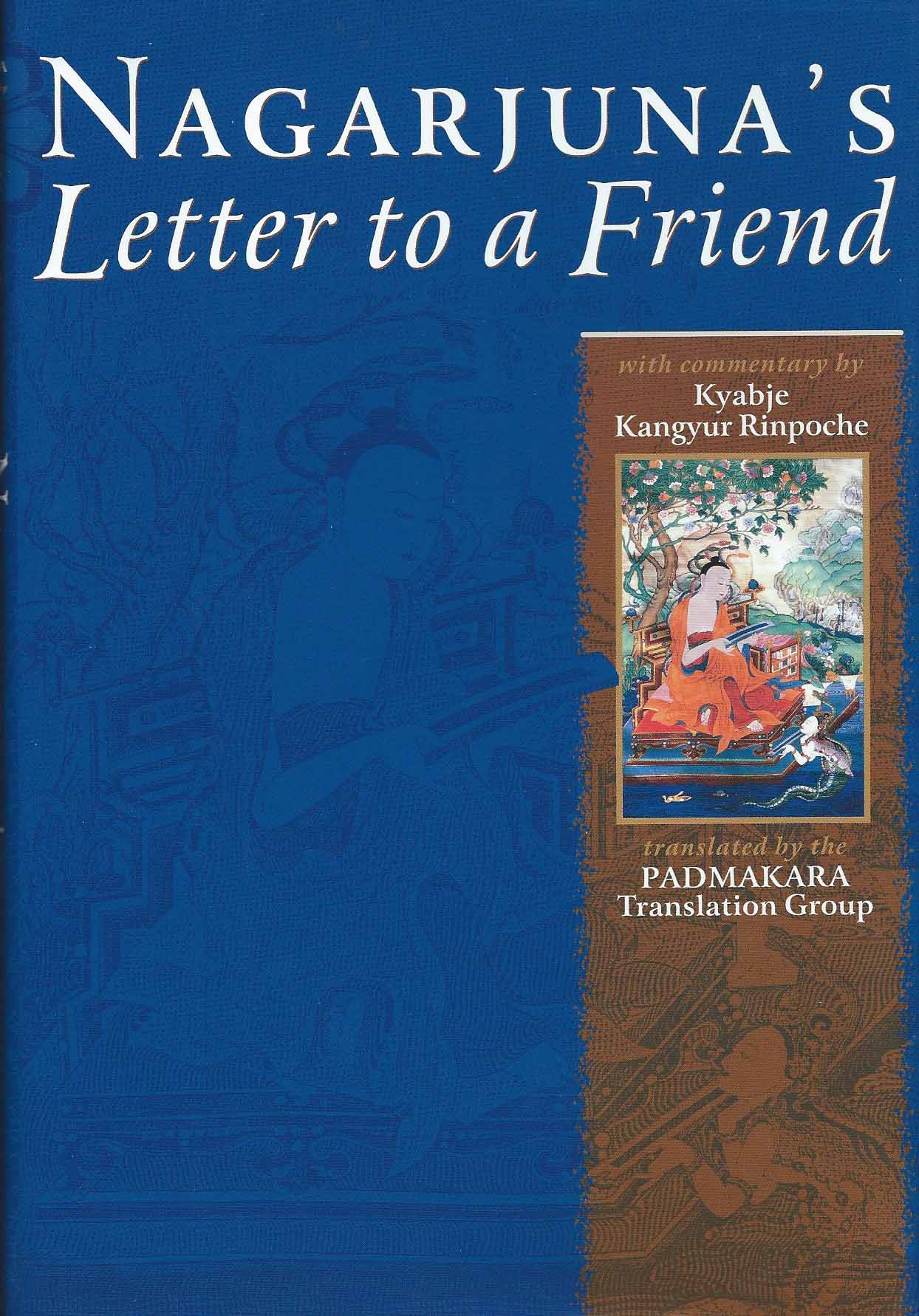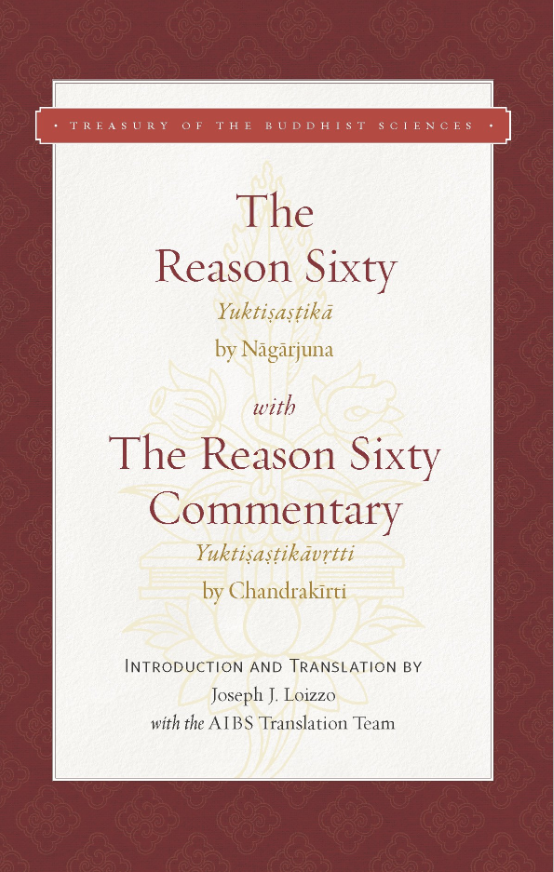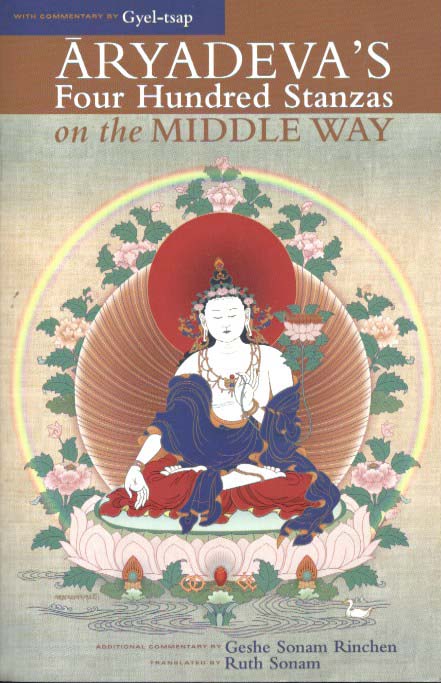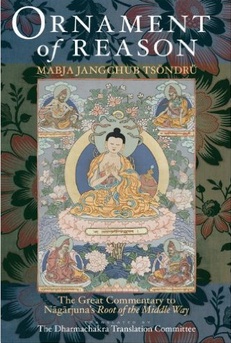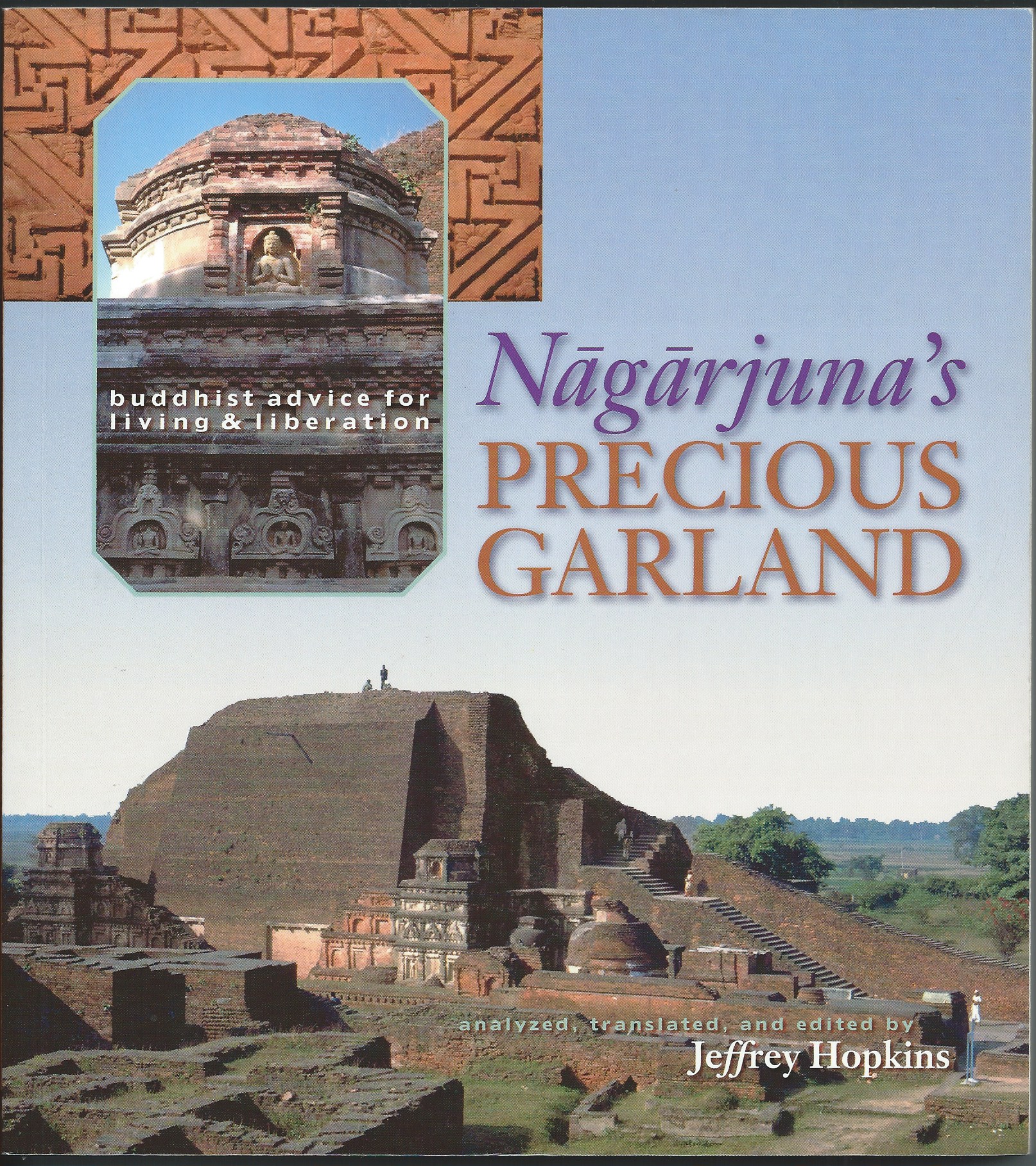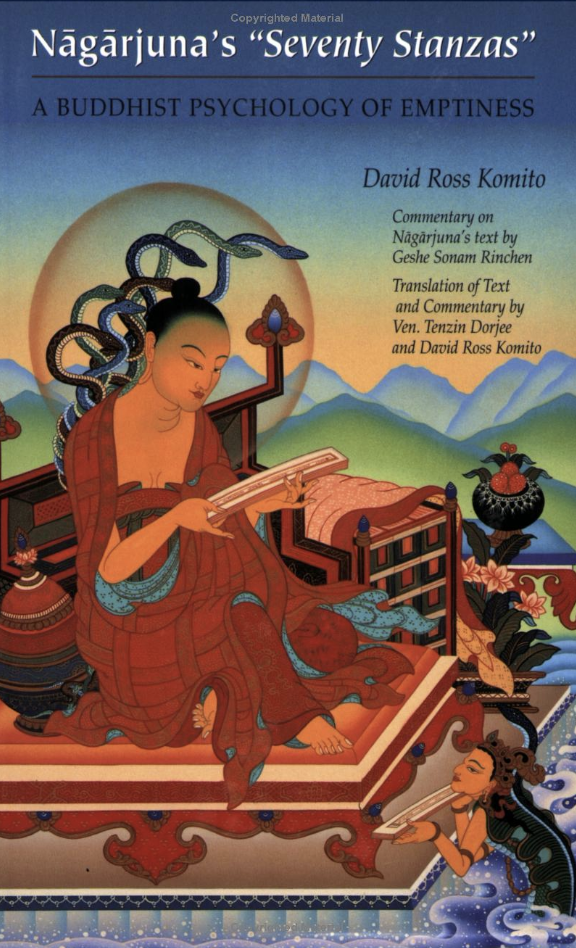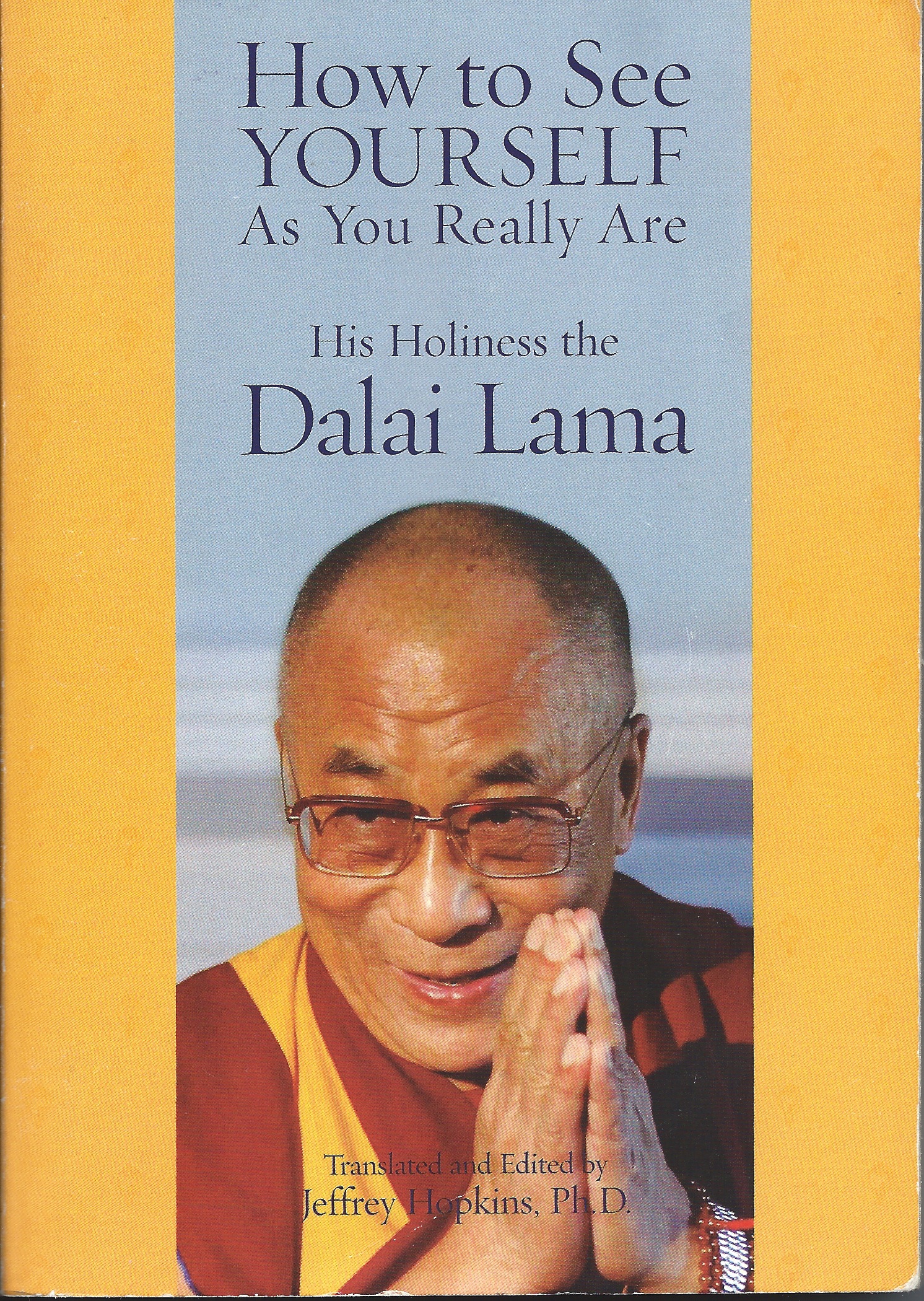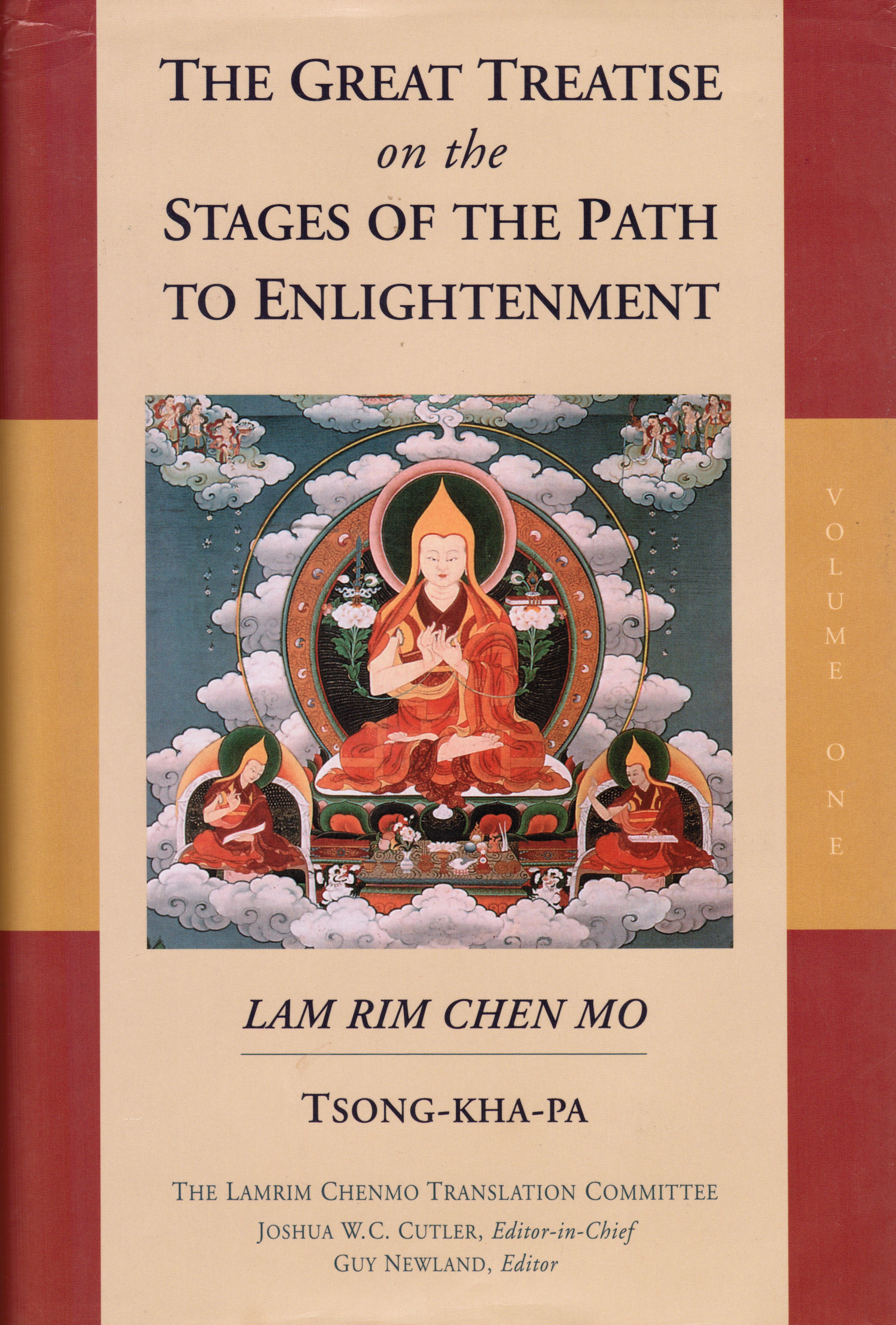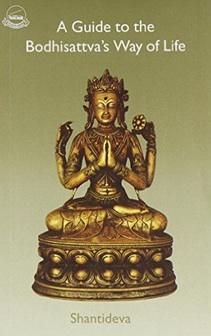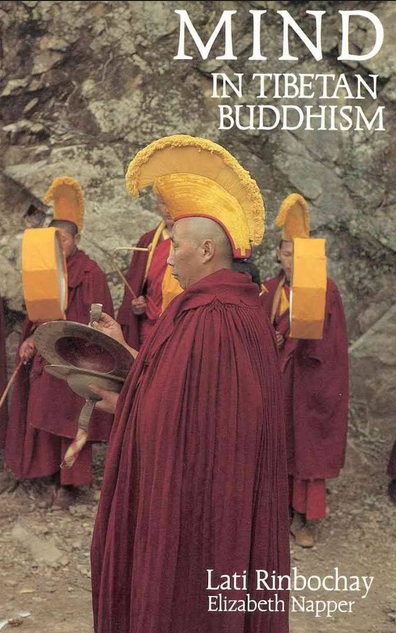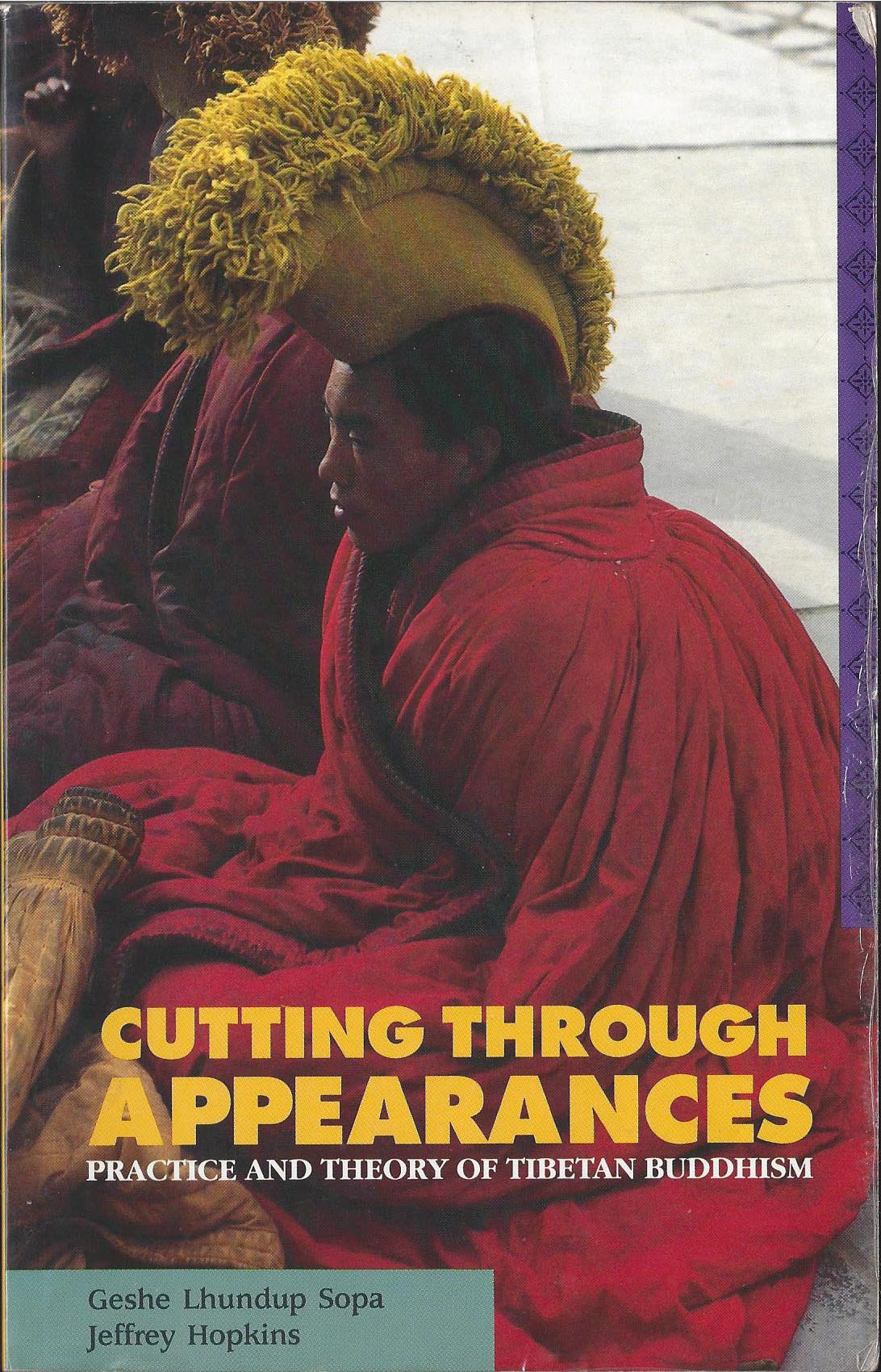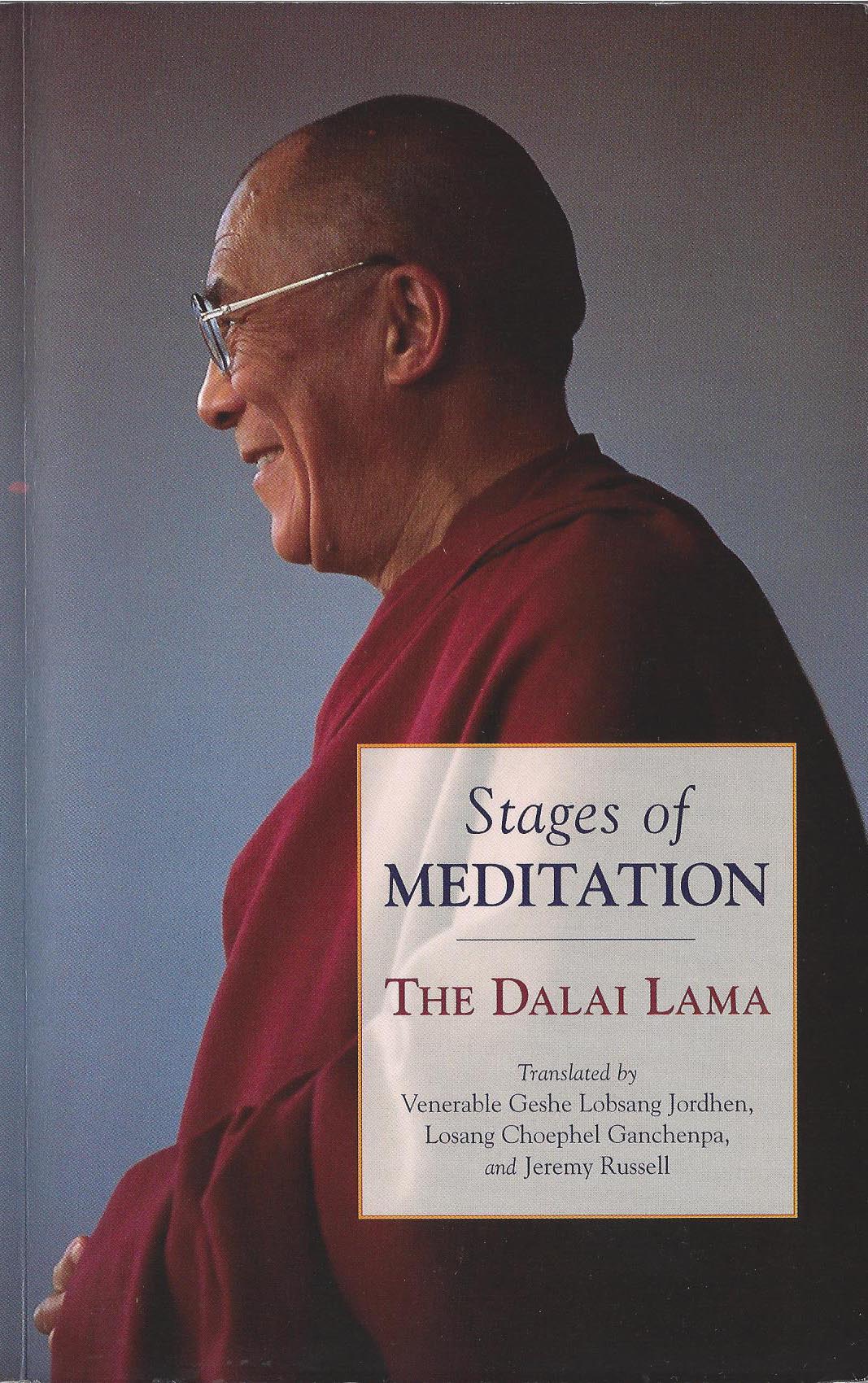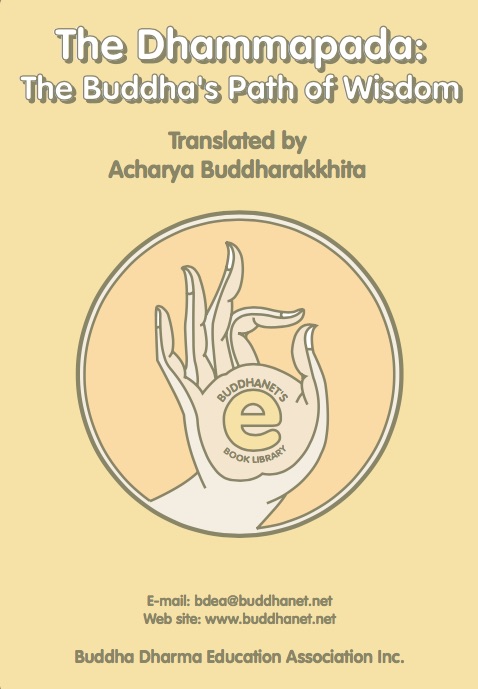
Class Descriptions
| _______________________________________________ | |
|
ENTERING THE MIDDLE WAY
An Exposition of Candrakirti's Entering the Middle Way
Lama Tsongkapha's Commentary on Candrakirti's Text
|
|
Geshe Tenzin Sherap began teaching the Sunday class, "Candrakirti's Entering The Middle Way" on August 22, 2021. Candrakirt's 7th century classic was written as a supplement to Nagarjuna's Root of the Middle Way. This text integrates the central insight of Nagarjuna's thought - the rejection of any metaphysical notion of intrinsic existence- with the well-known Mahayana framework of the ten levels of the bodhisattva.
|
|
"Illuminating the Intent" is Lama Tsongkaphas's renowned commentary on Chandrakirti's Entering the Middle Way. Composed in 1418, Lama Tsongkapha set forth the meaning of emptiness in the context of bohisattva's ten perfections. Text: "Illumnating the Intent - An Exposition of Candrakirti's Entering the Middle Way". Translated by Thupten Jinpa. The text can be purchased from Amazon |
| __________________________________________________ | |
| NAGARJUNA'S LETTER TO A FRIEND |
|
Geshe Tenzin Sherap began teaching the Saturday class, Nagajurna's Letter to A Friend" on December 20, 2025. This is the second presentation of Letter to a Friend (The first presentation was in 2018-19)."Nagarjuna's poetic presentation of the fundamental teachings of the Great Vehicle, or Mahayana, is remarkable for its concise style and memorable imagery, making it one of the most widely quoted sources in other commentaries on the Mahayana path. The great Indian Buddhist master Nagarjuna (first-second century C.E.) wrote his celebrated poem "Letter to a Friend" as a gift of advice to a South Indian king, and it has since become a monument in the Indian shastra tradition." |
|
|
|
|
|
SIXTY STANZAS OF REASONING
TEXT BY ARYA NAGARJUNA
COMMENTARY BY ARYA CHANDRAKIRTI |
|
|
Geshe Sherap began teaching the Sixty Stanzas of Reasoning on Saturday, August 23, 2025. This is the first presentation to the students at Land of Enlightened Wisdom. The Sixty Stanzas of Reasoning is the work of Arya Nagarjuna (2nd CE), and the commentary by his most influential successor, Chandrakirti (7th CE). These two treatises emphasize the non-foundationalist reasoning for which Madhyamaka thought is famed, here within the context of that quintessential Buddhist topic, universal compassion, thereby illuminating the nondual nature of these two fundamental components of Indian Buddhist thought. |
|
Text: Reason Sixty & Commentary (2nd Edition 2024): Wisdom Amazon Handout: Reason Sixty Root Text |
|
|
|
|
PAST CLASS TEXTS |
|
|
|
|
|
|
|
|
|
|
|
|
|
|
|
|
|
|
|
|
